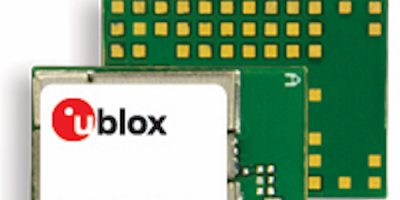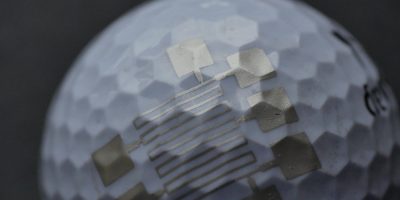Swiss manufacturer, u-blox offers the NORA-B1 Bluetooth module which it says brings advanced security functionality to short range radio applications.
The Bluetooth 5.2 module is based on Nordic Semiconductor’s nRF5340 Bluetooth low energy chipset, which is the first to host an Arm Cortex M33 dual core microcontroller.
NORA-B1 exploits the chipset’s dual core microcontroller to handle performance-oriented applications and even drive a display without requiring an external host processer. The single low power optimised core is dedicated to managing network connectivity and a second high performance core is dedicated to running the device application. As a result, says u-blox, NORA-B1 enables smooth and uninterrupted operation with minimal processing latency.
The Arm TrustZone enables a trusted execution environment by fully separating secure and non-secure flash, RAM, peripherals and general purpose I/Os. NORA-B1 includes Arm CryptoCell-312, which provides hardware-accelerated cryptography and, in combination with the key management unit (KMU), enables a root of trust and secure key storage.
The compact, globally certified NORA-B1 brings Bluetooth 5.2 to wireless applications, for example LE audio, which can concurrently stream multiple channels with lower power consumption than existing technology, while also supporting ZigBee and Thread.
NORA-B1 is suitable for use in industrial, medical, and smart building and smart city markets, confirms u-blox, such as industrial machine control, asset tracking, remote controls and gateways, connected power tools requiring continuous motor control, and advanced medical wearables with demanding security requirements.
The NORA-B1 has a footprint of just 10.4 x 14.3 x 1.8 mm and has reduced host board complexity, says u-blox.
It will be available in several antenna variants, including a compact PCB antenna. Qualified for an extended temperature range up to 105 degrees C, NORA-B1 can operate reliably in harsh environments that are common in industrial settings as well as in smart indoor and outdoor lighting.
Customers will be able to receive samples in Q4 2020.







